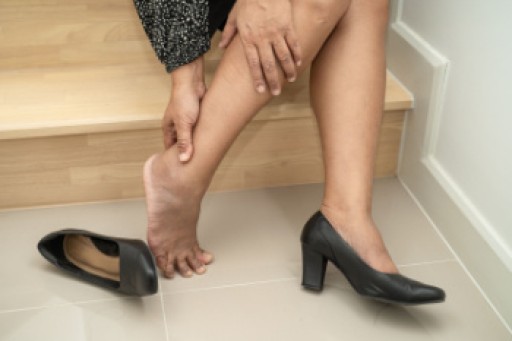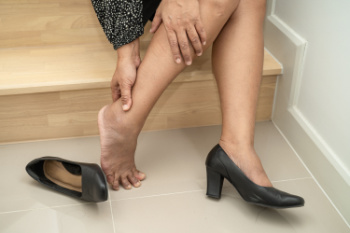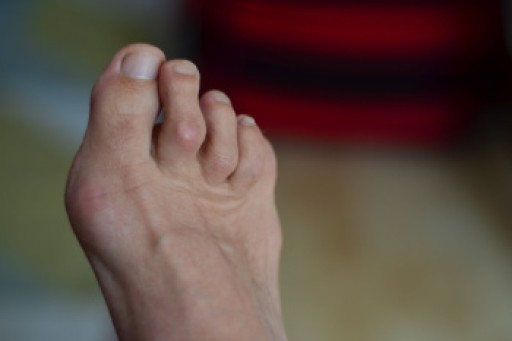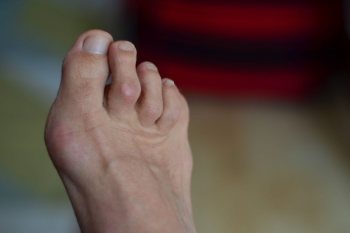
Athletes depend on strong, stable feet and ankles, but these areas are often overlooked until an injury happens. Quick movements, jumping, and repetitive stress can all take a toll over time. Sprains, stress fractures, tendon issues and plantar fasciitis are common in active individuals. Wearing the right shoes, warming up properly, and cross-training can help reduce risk. Awareness also means paying attention to small aches before they become bigger problems. Swelling, bruising, or pain that does not go away should not be ignored. Preventive care, including strength and balance exercises, can help protect against future injury. Regular check-ins with a podiatrist can also catch issues early and improve performance. If you are an athlete experiencing discomfort or instability in your feet or ankles, it is suggested you see a podiatrist for diagnosis and appropriate treatment.
Sports related foot and ankle injuries require proper treatment before players can go back to their regular routines. For more information, contact one of our podiatrists of Illinois . Our doctors can provide the care you need to keep you pain-free and on your feet.
Sports Related Foot and Ankle Injuries
Foot and ankle injuries are a common occurrence when it comes to athletes of any sport. While many athletes dismiss the initial aches and pains, the truth is that ignoring potential foot and ankle injuries can lead to serious problems. As athletes continue to place pressure and strain the area further, a mild injury can turn into something as serious as a rupture and may lead to a permanent disability. There are many factors that contribute to sports related foot and ankle injuries, which include failure to warm up properly, not providing support or wearing bad footwear. Common injuries and conditions athletes face, including:
- Plantar Fasciitis
- Plantar Fasciosis
- Achilles Tendinitis
- Achilles Tendon Rupture
- Ankle Sprains
Sports related injuries are commonly treated using the RICE method. This includes rest, applying ice to the injured area, compression and elevating the ankle. More serious sprains and injuries may require surgery, which could include arthroscopic and reconstructive surgery. Rehabilitation and therapy may also be required in order to get any recovering athlete to become fully functional again. Any unusual aches and pains an athlete sustains must be evaluated by a licensed, reputable medical professional.
If you have any questions please feel free to contact our offices located in Wheeling and Berwyn, IL . We offer the newest diagnostic and treatment technologies for all your foot and ankle needs.












